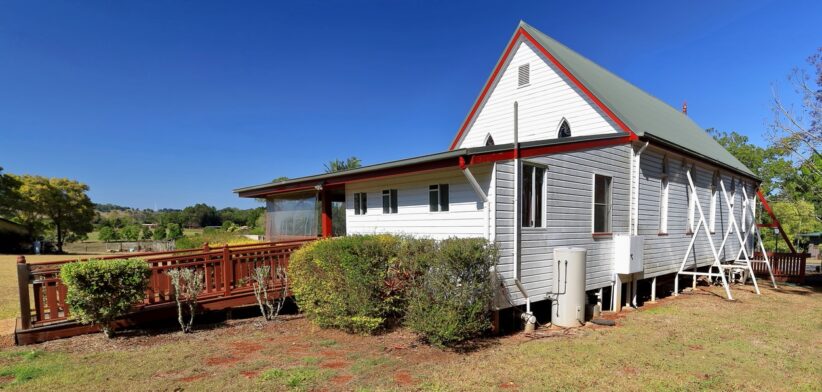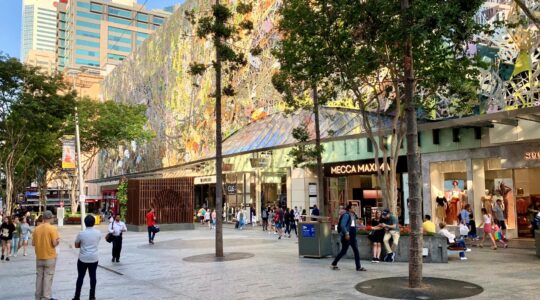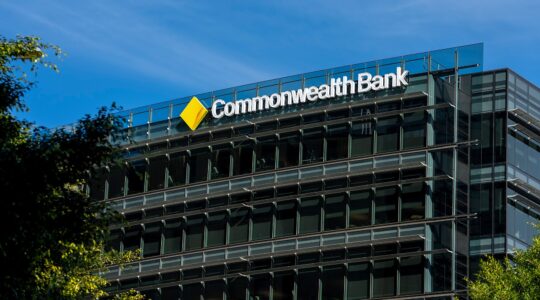New lending data has revealed a move away from inner-city living with more than half of the top 30 in-demand areas located in the regions.
Westpac’s Managing Director of Mortgages James Hutton said the bank’s data revealed a trend that underscored an appetite for regional living driven by a combination of affordability and lifestyle appeal, and, in some cases, more specific economic drivers like infrastructure investment.
Mr Hutton said there was a diverse mix of growth across the country.
He said the data highlighted that regional areas such as Lake Macquarie in New South Wales and Bundaberg in Queensland were attracting buyers with their blend of natural beauty and affordability.
“Demand is (also) surging in regional areas like Bundaberg and Townsville, fuelled by recent infrastructure upgrades such as the Bundaberg Port expansion and North Queensland Stadium.”
Mr Hutton said in south-east Queensland there was a demand belt approximately 50km from the Brisbane CBD arcing from the north to the southwest – anchored by Caboolture, Ipswich and Jimboomba.
“Australians recognise the value and lifestyle benefits of regional living,” he said.
“Whether it’s the coast, the hinterland, or vibrant regional centres, these areas are experiencing strong growth as buyers seek space, affordability and a sense of community. These aren’t just homes – they are lifestyle decisions.”
Westpac economist Matthew Hassan said the regional vs metro trend was also reflected in pricing growth nationally.
“Regional Australia continues to outperform, with prices rising 5.9 percent over the past year compared to three percent across capital cities,” Mr Hassan said.
“More strikingly, since 2019, regional property values have surged 65 percent – outpacing capitals by nearly 25 percent – highlighting a trend that has proven more enduring than initially expected.”







